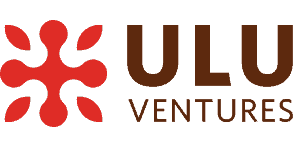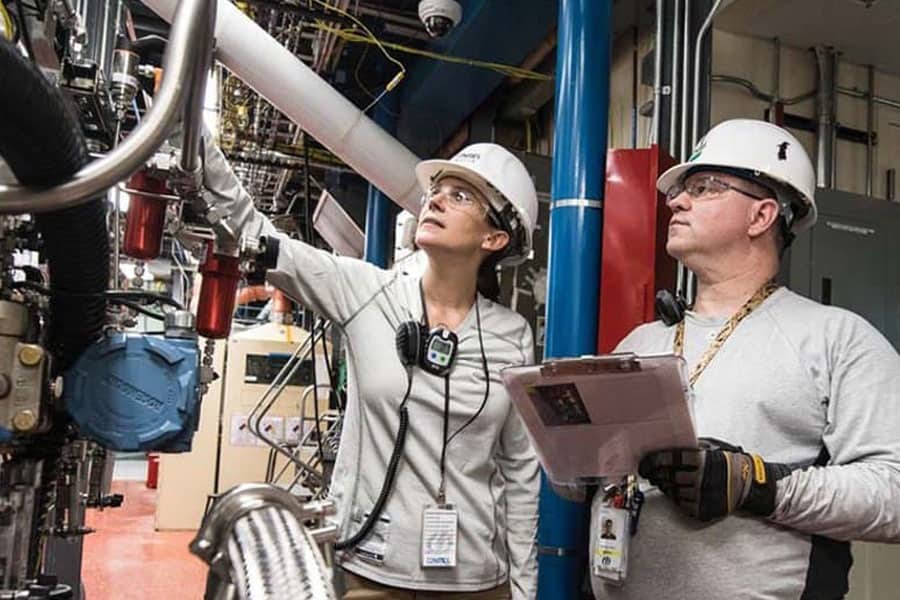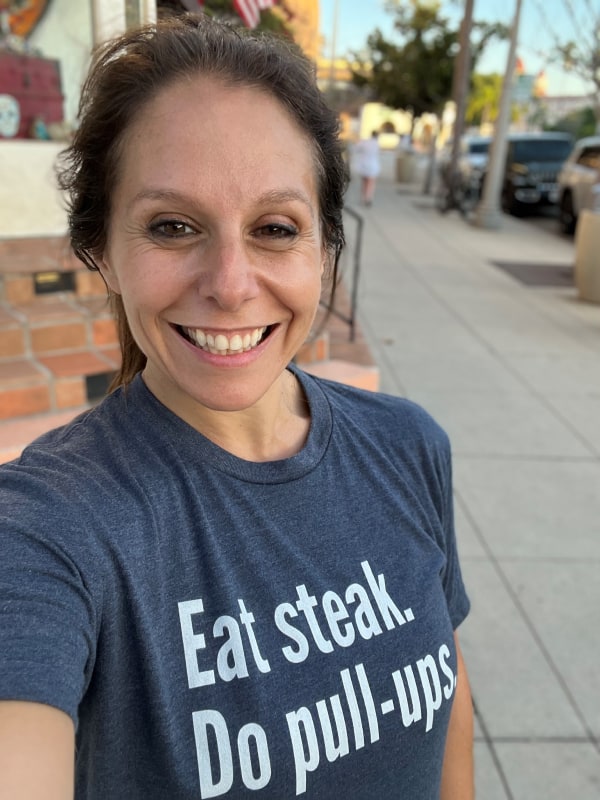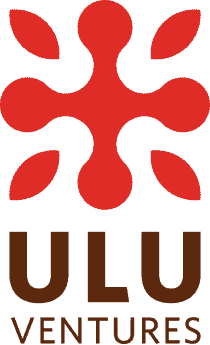An Ulu Ventures Interview with Errette Dunn CEO/Co-Founder Rever
Rusty Dornin, Ulu Ventures: We are pretty excited about Rever and just made an investment. It’s an improvement AI software program and helps industrial companies tackle operational challenges. How they do that is by engaging frontline employees in daily improvement and problem solving. Errette has worked in 17 countries helping companies build cultures of improvement. It’s pretty impressive and I’m very happy to have you here with us on the call and of course on the team. What’s the big idea behind Rever? How did you come up with it?
Meaning that people who are in the manufacturing shop floors, the warehouse field, and if you think about it, most of these people in factories are being just used for their motor skills, right? They have a pair of arms that have a pair of legs and they come to execute a manual job and they’re not being allowed or asked to use their creative capacity, their intelligence or problem solving skills, what makes them truly human. So it’s one of humanity’s biggest waste. And you know, they’re not tapping into the largest creative potential and creative resource in these organizations. So one of the things that we realize is that there’s a huge opportunity to give these people a voice and to empower them to use their, their uniquely human skills. And that’s what Rever came here to do.
Rusty Dornin: I know it’s early on, but what are the impacts and changes that you are seeing in manufacturing using this kind of technique or platform?
Errette Dunn: So there’s a very gradual change that we’ve been seeing the last three years that has suddenly become abrupt in the last couple of months, right? With the whole coronavirus crisis and the aftermath, which is, it turns out all of these workers that are now fortunately considered essential to the functioning of society. They can not work from home. They’ve got to have a gathering, a place to come in and assemble and assemble things. So for a while we’ve been helping these companies provide digital tools to the ramp to their frontline employees. And it’s very simple. It’s mobile devices and in most cases, all of these employees already have a super computer in their pockets. So it’s a matter of allowing them to use these devices to access knowledge, to collaborate with one another. And the way that we’re challenged in Rever right now is by allowing companies to communicate to those employees– what are the main challenges that the company is facing? What are the main problems that we need to solve? And enable those employees to contribute in solving those small daily problems and improvement ideas.
So we’re already seeing a lot of impact on these companies where it’s like a direct dollar amount saving in their P and L that is recurring because there’s a huge amount of waste happening in manufacturing daily. In many cases, they’re focusing on industrial safety. And especially right now in these times, it’s around health or those employees are putting in place all of these measures on how to operate with internal physical distancing in physical operations. So we already see those things. And the good thing is beyond the immediate advantage of engaging and empowering these employees, which has a huge impact in their motivation and remaining more time with a company, which is a huge problem. They’re generating as a secondary effect, a lot of data, a lot of all of this knowledge that is distributed along all these people we’re gathering in a single place. We’re making sense of it. And we’re in a way enhancing the collective intelligence of these employees, helping the company derive insights of where the most recurring problems around the company.
Rusty Dornin: I think this sounds like something like we’ve all worked in an organization where we thought, well, if they would only talk to us, we could tell them how to run this thing, right? But do these managers, then say, okay, well that’s enough. We’ve heard enough of this, we’re going to run it the way we want. What are you really seeing?
Errette Dunn: What we see is that most managers do believe deep inside them that there is good potential in these people. Nobody has a level of distrust or says like, oh no, we don’t want to give too much power to employees. Everybody agrees that engaging employees is a good idea. Everybody agrees that enabling continuous improvement in front of frontline employees is a good idea. There might be a little concern about like, I don’t want people running around doing improvements all over my plant. Who knows how they use their time, maybe they waste some time. But what is always surprising for all these managers, is they’re always amazed at how people really do take on the responsibility. You know, these frontline employees are smart people, responsible people there and make good use of their time and they are always surprised at how this trust is very well used for the benefit of the company and for the benefit, of course, of all the employees.
Rusty Dornin: You talk a lot about resilience and building resilience, how can Rever help companies build more resilience, especially right now during COVID19?
Errette Dunn: It’s not only right now during these crazy times, so COVID19, but also what happens afterwards, right? If there’s going to be a demand recession and a down economy. And if you look at the best companies, I mean, I was lucky to work in Toyota in the last recession, 2008 and 2009. And it was interesting to see that while most other manufacturing companies and automotive companies were laying off people by the tens of thousands, you know, 30,000 employees being laid off in all these different companies. One of the only manufacturers that didn’t lay off any employee was Toyota. Why was that? Well, several reasons for a long while they had already been preparing themselves to be very efficient, internally have a good cash position to protect the employment of their people. That’s one. Second is in a recession, while most companies have the immediate instinct to lay people off and thinking that they will save costs. In reality, the direct labor portion of the cost of goods sold is about 10% in many manufacturing companies where when you look at other hidden costs, like the cost of poor quality, if cost or productivity, that accounts up to 40% of the cost of goods sold. So you’re better off actually keeping all your employees instead of reducing your workforce by 25%. Channel that 25% of your workforce or a hundred percent of your workforce towards eliminating these wastes and you’ll be much better off. You’ll actually reduce more costs in the short term. And then when the cycle comebacks up, it comes back up again. You’ll be stronger than before.
Rusty Dornin: You also talk about frontline employees: that they’re completely underutilized, their creativity is often overlooked and that if they were focused on, then you wouldn’t have this incredible waste of talent. How can this be corrected with this particular group?
Errette Dunn: So one first step, of course to give people a voice and ask for their opinion, ask for their ideas. But that’s not enough. Actually it can be counterproductive to just ask for their ideas and then do nothing about them, that can actually backfire. So yes, you’ve got to ask for their ideas, but at the same time, and it’s a little bit harder for most companies, you have to empower those employees. And “empower” can be a very superficial and fluffy word, but in my mind it’s a very precise thing where you provide them a clear direction and objectives and the means to contribute to those objectives.
So, that’s what we’re providing them is a very simplified tool and workflow. And so they can collaborate into solving daily problems that are meaningful for the business. So having those two things in place, giving them a voice, give them the means and the empowerment to act upon those ideas. And then third is the recognition. And that doesn’t mean necessarily monetary recognition or big expensive rewards. People are reacting in a very positive way to just social recognition in front of their peers, in front of their families and being recognized for coming up with solutions to the problems of the company.
Rusty Dornin: It seems like the pandemic is really also speeding up this sort of evolution of technology and displacing workers and many jobs may disappear permanently. How can Rever help what will be millions of folks transitioning into the future of work?
Errette Dunn: Definitely that’s an interesting problem that keeps us up at night. The advancements on robotics and artificial intelligence might displace some jobs. I think that eventually prosperity will generate even more jobs, thanks to this automation. But it’s not going to be immediate. And actually I think this pandemic has proven that we’re still a long way to go before we can operate a completely automated factory without people. We still need people for the long run. However, yes, there are going to be eventually some destruction of certain jobs. But however, one of the main things that we’ve got to do as leaders of both technology vendors and operations leaders in manufacturers is we must not leave it up to luck. There’s a few things we can do. Number one is how do we view technology as a way to augment the capacity of our people?
How do we segment the capacity that people really have creatively, physically, et cetera, and augmenting it rather than just using technology to replace people and automate people. That’s one. Second is how do we help people transition into the future of work? And one good first step is get them digital tools. I mean, today, most companies don’t even provide their employees an email address. They don’t provide them with access to the company intranet. So getting access to digital tools and then finally allowing them to exercise what makes them uniquely human, which is the ability to solve problems, to think creatively, identify problems and go ahead and find a solution for those.
Rusty Dornin: You’ve talked about helping companies become recession-proof. Can you really do that? Make them recession-proof?
Errette Dunn: I can’t do that, the companies themselves can do it and I’m the first one to tell you and to tell most of our customers is that great technology and great software is no replacement for good leadership and good management. But it can certainly help. It can certainly help to drive the right behaviors that we’re looking for.
Now, how do you become recession-proof? By building resilience where your business lives and dies at the front line.
What does the frontline mean?
Where people, where your processes are being executed, where your people interact with your customers, with your vendors, with your product, where it’s being built. So your business does not live in your spreadsheets or in your headquarters, which by the way too, they are empty. Everybody’s working from home. Who’s actually right now still working in the place? your frontline employees. Why? Because they are the ones who create and deliver the value of your company. So there is where you need to build resilience and there is where you become recession proof by building agility, by giving them tools, by giving them a collective intelligence and memory to identify and solve the issues that they’re facing at the frontline.
Kevin Hoffberg, Venture Partner / Ulu Ventures: Just to round out the story in a real simplified way and have Errette just explain how Rever works. So it’s in place in some factory, just narrate that story. Somebody gets a good idea and then what?.
Errette Dunn: The simplest way to explain Rever is it’s an app and the vast majority of our users are the people who are in the manufacturing shop floor or the warehouses out in the field, the way they interact with whoever is with their own phones through an app. So what usually happens is people can, of course, while they’re doing their job, they can encounter an easier way to do their job or they encounter a safety risk that they need to solve or they have a maintenance issue too that needs a solution as well. But it also can come from management. Management can see like we have these trends across our factories where we got us sold, you know, the quality of product X, right? And the management can launch challenges or campaigns in the platform.
So this happens also in Rever and people can participate and in a way kind of compete in these challenges. So whenever they see one of these issues as a frontline employee, I pull up my phone, or in many cases it’s shared devices in the organization. Take a picture of the problem that you’re trying to solve. And then the Rever app will guide that, that employee step-by-step into how to solve that particular problem. There’s different workflows, simple corrections, problem-solving, et cetera.
But the app will do the job of acting pretty much like a coach of that end user. It will coach that user into how to build a small team to solve that particular issue, how to select, uh, a supervisor inside the company that will guide them in that and approve what they need to get done. How to try things out, validate, communicate with others in terms of what will be the modifications that you’re putting in place. And everything’s done in a very simple intuitive way. And that like the tools that we’re used to using as consumers, you know, Facebook, WhatsApp, Snapchat, now Tik Tok.
So, we’re basing most of our interactions and our design on a very simple, intuitive interface that allows us to move forward. And as people move forward there, they earn points as well and these points are being used by the company to recognize those employees, et cetera. And usually by the end, once the team implements an idea, which by the way, it’s done within the same day, most cases at the most, it takes them five days to execute and implement an idea. So these are very simple just with improvements.
They also at the end of the process estimate what was the impact for the business? How much are they saving? Where else could this be implemented and so on. And so that’s the main workflow, the attraction with people. Then of course, Rever’s platform does its own little magic on the background where we’re analyzing the data, finding similar, let’s say teams across an organization that could benefit from the same solution. And then we make suggestions to those team leaders, all of the solutions that can reimplement so it multiplies the benefit for the company.
Rusty Dornin: That’s great..wonderful Errette, welcome to Ulu Ventures! It’s great to have you on the team that’s for sure.
Errette Dunn: I’m pleased to be part of the team and looking forward to the great challenges and the adventures ahead of us.
You can also listen or watch the Ulu Ventures interview about empowering frontline workers featuring Rever CEO Errette Dunn.




